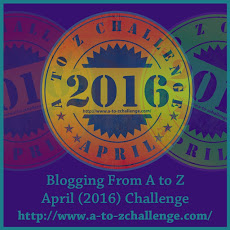I’ve written in the past about audiences and who educates them how to respond to performers and performances (see http://www.hdhstory.net/Storyblog/?p=64). In that piece of writing I referred to different kinds of performances and audiences and their attentiveness and interactions to performers. It’s been 8 years since I wrote that piece. Not much has changed in regards to the audiences, however I’ve noticed a new problem in how audiences are taught to be audiences or listeners to artistic performances. I call it the Common Core syndrome.
As a retired teacher I get to substitute teach a bit; and between my observations of other teachers and lesson plans that I’m asked to follow, I’ve seen a marked moving away from listening for the enjoyment of listening. I rarely see a teacher reading to a class a story or a book without stopping periodically to ask questions of the listeners to predict what will happen, infer what is being described, show connections between what was just read and other parts of the story/book.
When I went to school it wasn’t until junior high or high school where this kind of analysis was done. This teaching style probably led to why I learned to hate poetry. I never could enjoy the scenes and pictures behind the poem being shared, without being asked to analyze what the author was trying to say.
Now it happens from primary school on. I will admit that my interactions in these classes show that there is a marked improvement in how children understand their readings. Kids can look deeper into stories than I ever did at that age. But the way it is done continuously comes at a cost.
I had written a story “Dora and the Jade of Knowledge” that I had worked up into a telling version. The story took about 20 minutes to tell. While I substitute teach in some classes, the teachers, knowing that I’m a storyteller, give me the opportunity to practice telling some of my stories in their classes. I performed “Dora” for a number of classes. The first class I tried it on was a third grade class. The audience was quite attentive to my tale, however it didn’t take long before I was interrupted by a student with raised hand who wanted to make a prediction. This was followed by another student who had evidence to support one of the characters actions based on an experience they had had. I acknowledged that they might have had insights into what was and would happen, but asked that they hold those thoughts until the end of the story. The same thing happened the following day in a 5th grade class. I decided from then on to teach the students about being a storytelling audience and just enjoy the story until the end before discussing it if they wanted to.
What was interesting as I was telling the story I could see the children making inferences, predictions and getting a deeper understanding of what I was saying by just watching their faces and how they looked to each other. Discussion wasn’t needed. Most classes do applaud when I’m finished giving recognition to a performance rather than a lesson. Though it appeared lessons were taught.
So it returns to how do we teach people how to be an audience? Is it possible for read/listen to analyze and read/listen to enjoy to work together at all age levels. I hope that will be the case as we move further and further through standards that try to make us think, act and perform the same. There needs to be a balance. Sometimes you just have to sit back and enjoy.
Note: I still enjoy The Lion, the Witch and the Wardrobe as just a great fantasy adventure tale, despite the allegory they want me to believe it stands for.

 A to Z Blog Challenge
A to Z Blog Challenge